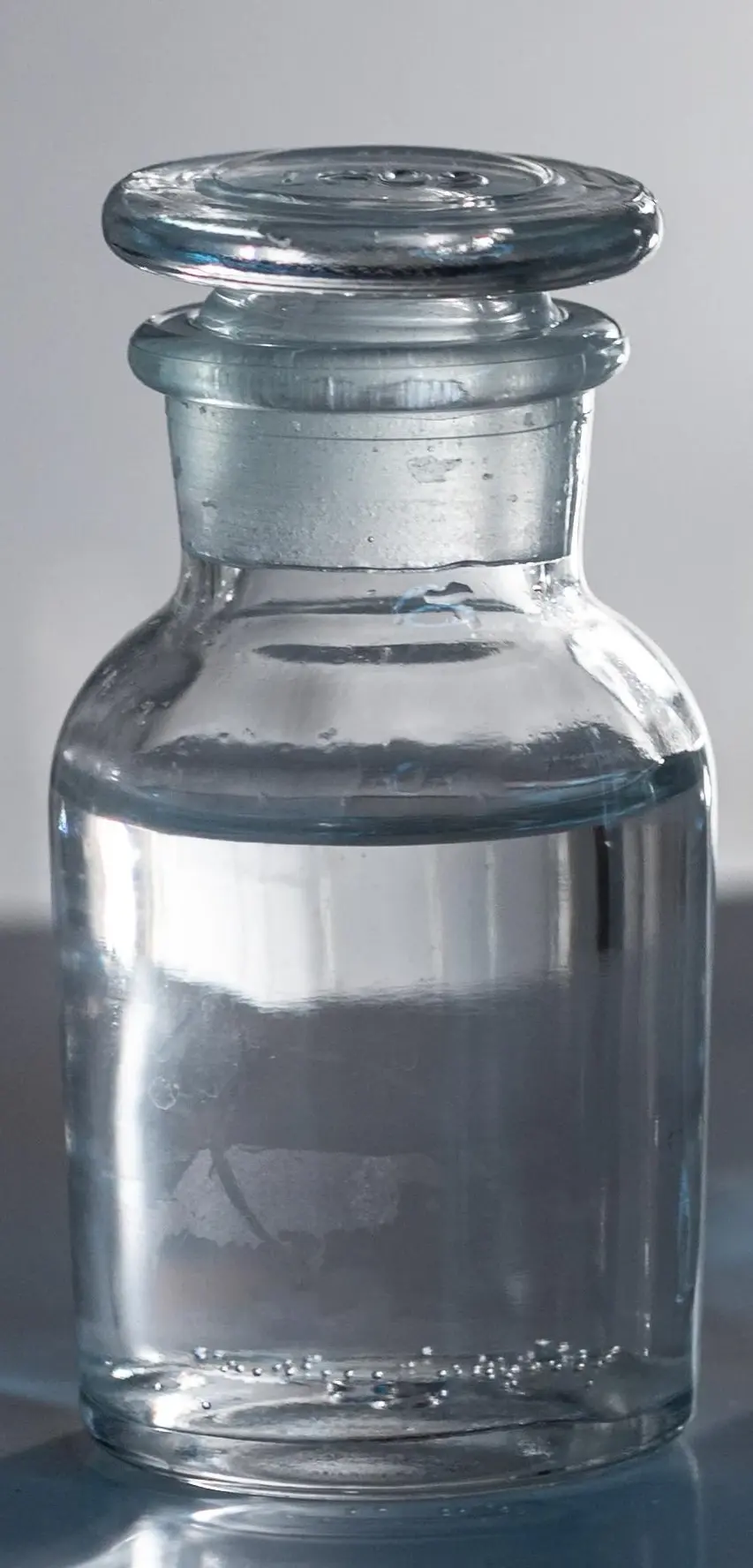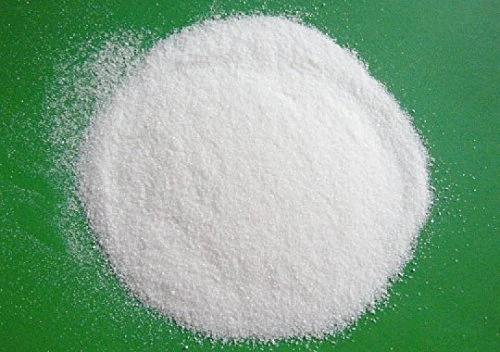Toilet Soap Noodles TOM ±76% (70:30)
|
IUPAC Name |
: N/A |
|
Cas Number |
: 143-07-7 |
|
HS Code |
: 3401.20.20 |
|
Formula |
: N/A |
Basic Info
|
Appearance Name |
: White Solid |
|
Common Names |
: Soap Chips |
|
Packaging |
: 25 Kg – Laminated Bags |


.webp)

.webp)
